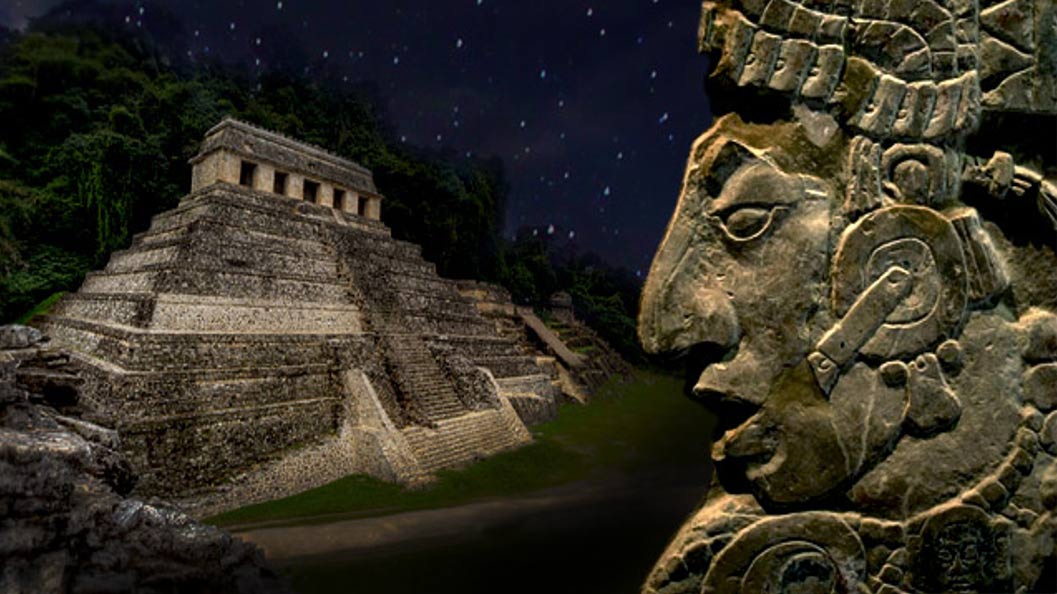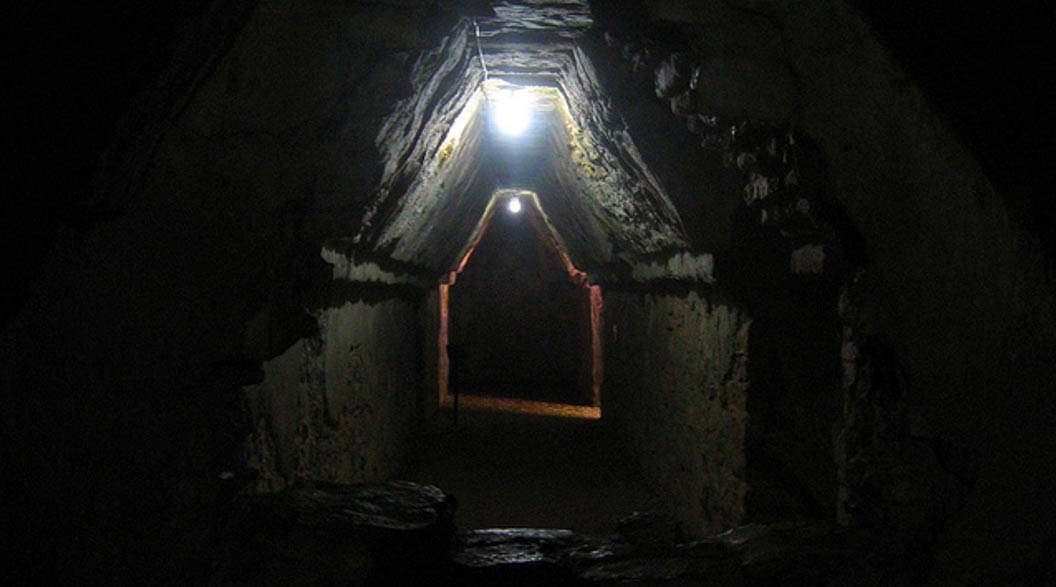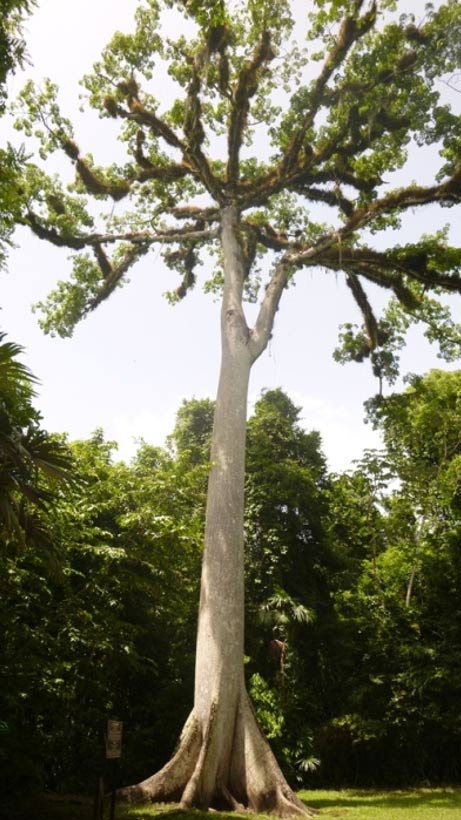
Sacred Space, Structure and Spiritual Portals of the Ancient Mayas: The Sak Nuk Nah ̶ White Skin House in Palenque
The cosmology of the ancient Mayas envisioned a fluid universe, in which patterns in the cosmos above were replicated in the earth below. Destinies of individuals, cities and entire peoples were determined by stellar configurations—cycles of abundance and scarcity, creation and destruction were linked to celestial cycles. The world and its surroundings were multi-layered with three major dimensions: the Underworld of watery depths and Death Lords, the Middleworld of humans and creatures of earth, and the Upperworld of deities and ancestors. These three dimensions inter-penetrated each other, and denizens of each level could take actions and interact with inhabitants in the others. While encounters with other-worldly beings were possible for any Maya, special abilities must be developed to deliberately interact between dimensions and exert influence. Such shamanic skills were part of the training of all rulers and the priesthood.
The Mayas did not think of sacred space in the abstract. To them, the naming, ordering, measuring and locating of places brought about their proper functions. The relationship between their cosmology and the built environment was expressed through use of language; analogies strongly drawn between places and the human body, the house, and the natural world.

Caves were seen as entrances into the mysterious Underworld. A dark tunnel leading into a chamber at Palenque, Mexico. (16:9clue/CC BY 2.0)
For openings into structures the Mayan language uses words for mouth, chi, as in Chichén Itzá, translated as "Entrance/Mouth of the Well of the Itzá." The word for legs/feet, ok, is also used for columns and wooden supports. Architecture is further humanized through merging of the human body with architectural features, such as Atlantean figures (Fig. 1) serving as columns, and large masks with gaping mouths and exposed teeth marking openings into symbolic caves (Fig. 2).
![Fig. 1 - Atlantean Figure [Left], and Fig. 2 – Chak Mask, Mayapan [Right]](https://members.ancient-origins.net//sites/default/files/Atlantean-Figure.jpg)
Fig. 1 - Atlantean Figure [Left], and Fig. 2 – Chak Mask, Mayapan [Right]
Caves were especially potent places to the Mayas, for they acted as entrances into the mysterious Underworld full of dangerous rivers of blood and pus, evil creatures who sought to devour the deceased's soul, and the malevolent Death Lords intent on preventing the soul's traverse through Xibalba to win a place in the Upperworld sky as an ancestor-star. Ch'e'en or caves were usually found in the sides of mountains, called witz. Both of these words also are used for parts of buildings. Another important word in understanding Maya ideas of space and agency is iknal, a cognate that indicated one was "close to, alongside, in the company of." Classic Maya inscriptions regularly tell that a building is iknal of the gods, indicating that particular deities occupied or possessed a particular structure. The Classic Mayas were not using this symbolically; they believed that these gods physically existed in the structures, having a corporeal field and immediate presence. Otherworld entities inhabited spaces; these were benevolent or dangerous spirits whose influences could be cultivated or mitigated, if one had the proper skills.
- Weaving the World of Ancient Mayan Women
- Palenque and the Great Temple of the Inscriptions: A Site Built for a King
- Ancient Inscriptions Decoded at the Spectacular Temple of the Mayan King Pakal

Fig. 3 - Ceiba Tree




